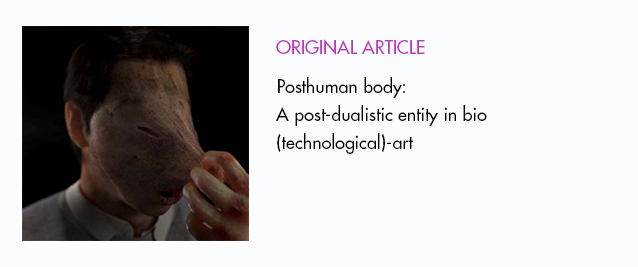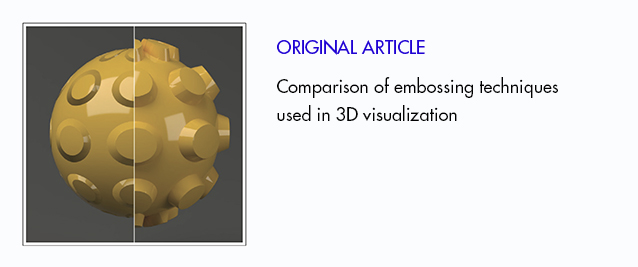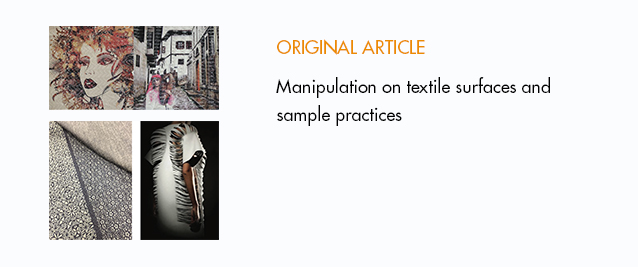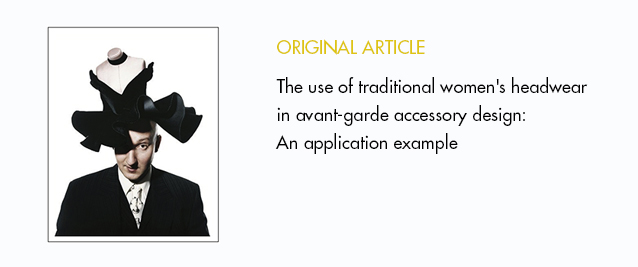Abstract
Bu çalışma akciğer sağlığını üzerine hazırlanmış tasarımlar ile ‘Artırılmış Gerçeklik’ (AG) teknolojisinin grafik iletişime etkisini görmeyi amaçlamaktadır. Çalışma, AG teknolojisinin içeriğe ve izleyiciye olan etkisi üzerinden; AG teknolojisi ile alışılagelmiş iki boyutlu bir grafik tasarım çıktısı arasındaki farkların ortaya konulması ve bu farklara göre AG kullanımının içeriğe ve izleyiciye olan olumlu ve olumsuz yönlerinin ele alınması açısından gerekli ve önemlidir. Bu bağlamda araştırma yöntemi çevrimiçi gerçekleştirilmiş nitel araştırma olarak belirlenmiştir. Çalışma grubu ise amaçlı ve rastgele seçilmiş 18-25 yaş arası 10 bireyden oluşmaktadır. Araştırma kapsamında yarı-yapılandırılmış görüşmelerde kullanıcılara gösterilmek üzere, AG
teknolojisi olarak Yesil Science şirketinin geliştirdiği Yesil Health AR Library’ de yer alan akciğer modeli kullanılmıştır. Grafik tasarım tarafını incelemek için ise içeriği Yesil Health’ den alınan, yazarın kendi hazırladığı tasarım kullanılmıştır. Veriler bu iki tasarım üzerinden hazırlanan sorular aracılığıyla toplanmıştır ve betimsel analiz yoluyla analiz edilmiştir. Araştırma sonucunda AG teknolojisinin içeriği tek başına iletme gücü olmamasına rağmen izleyicinin içeriğe olan ilgisinin artmasında olumlu bir rolü olduğu ortaya çıkmıştır. AG teknolojisinde, üç boyutlu modeller ve etkileşimli ortam sebebiyle teknolojinin ve görselliğin ön planda olduğu görülmektedir. Bu durum izleyicilerin dikkatlerini çekmekte ve içeriğin arka
plana atılmasına sebep olmaktadır.
This study aims to see the effects of Augmented Reality (AR) technology on graphic communication with designs about lung health. The study is based on the effect of AR technology on the content and the audience; It is necessary and vital to reveal the differences between AR technology and a conventional two-dimensional graphic design output and to address the positive and negative aspects of AR use to the content and audience according to these differences. In this context, the research method was determined as online qualitative research. The study group comprises 10 individuals between the ages of 18-25, selected purposefully andrandomly. Within the scope of the research, the lung model in the Yesil Health AR Library developed by the Yesil Science company was used as an AR technology to be shown to the
users in the semi-structured interviews. In order to examine the graphic design side, the author’s own design, the content of which was taken from Yesil Health, was used. The data were collected through questions prepared on these two designs and analyzed through descriptive analysis. As a result of the research, it has been revealed that although AR technology does
not have the power to transmit the content on its own, it has a positive role in increasing the audience’s interest in the content. In AR technology, it is seen that technology and visuality are at the forefront due to three-dimensional models and interactive environments. This situation attracts the attention of the viewers and causes the content to be thrown into the background.

















